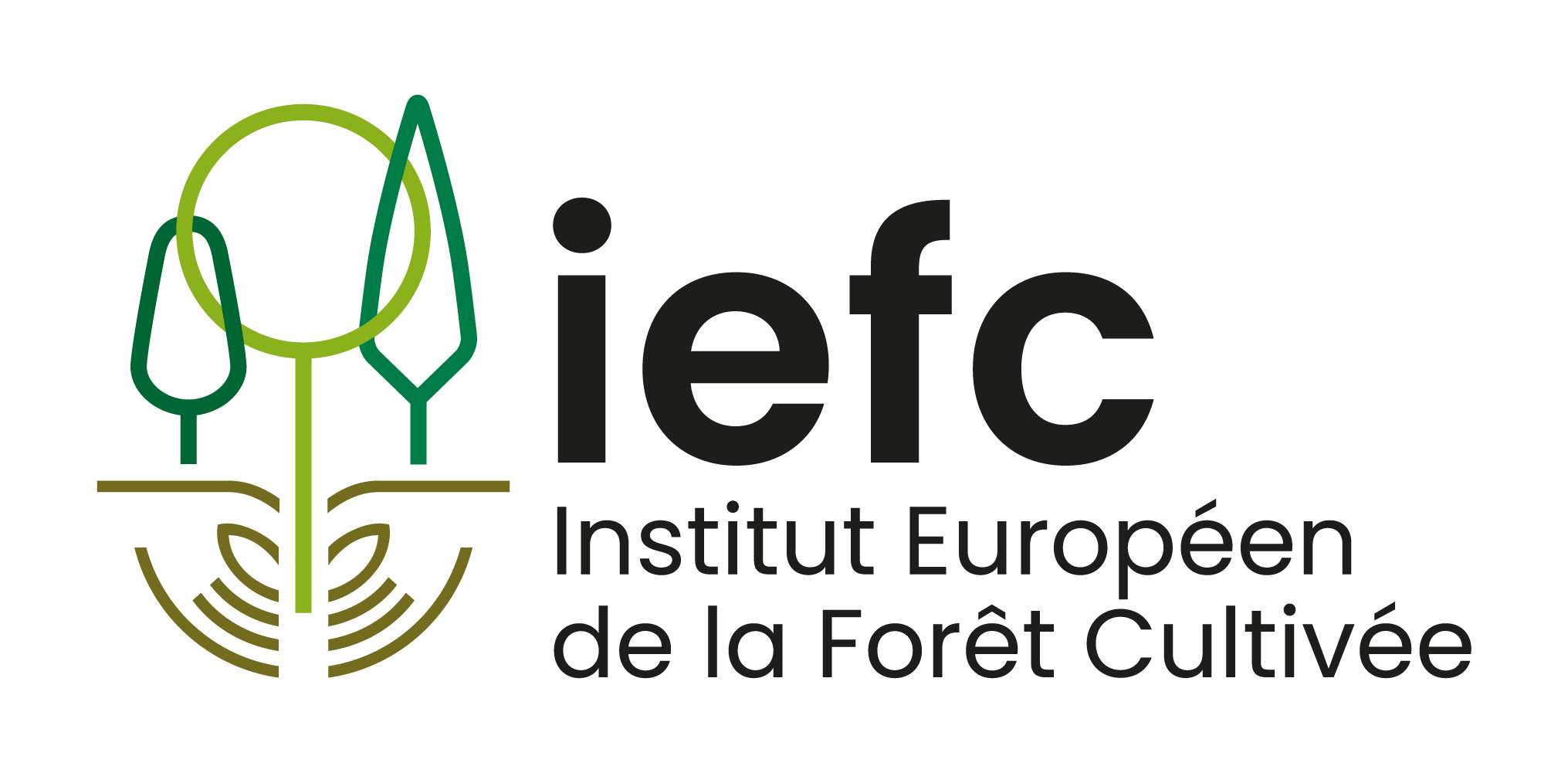Autumnal moth
Epirrita autumnata (Lepidoptera, Geometridae)
Árbol hospedante
- Epirrita autumnata feeds mainly on birch (Betula), alder (Alnus), larch (Larix) and Blueberry (Vaccinium myrtillus). Damaging outbreaks are observed only in northern Fennoscandia and along the Scandinavian mountain chain on mountain birch (B. pubescens).In Central Europe it is most common on European larch (L. decidua).
Identificación
- Adult moths are pale-grey to grey, with darker stripes. Wingspan of ca. 42 mm.
- Larvae are bright green with a conspicuous white longitudinal stripe on both sides.
Daños
- The species is damaging only to native mountain birch stands in northern Fennoscandia and along the Scandinavian mountain chain. Outbreaks occur every 10 years and typically in the last 2-4 years.
- Severe outbreaks may result in forest death and, hence, can have strong impacts on the sub-arctic birch forest ecosystem. In particular, forests at tree line can be deprived from their climatic potential by moth outbreaks.
Biología
- There is one generation per year.
- During autumn, females lay up to 240 eggs in cracks and lichens on trunks and branches.
- Larvae hatch in spring at bud break and feed on leaves during the short window when mountain birch leaves are expanding and of high nutritional quality.
- Pupation takes place in summer in the litter at the base of trees.
- Parasitoids play an important role in the population dynamics of E. autumnata in Fennoscandia
Factores de riesgo
- Older stands are preferred over young trees. Minimal winter temperatures determine the local topographical distribution of damage, through their lethal effect on overwintering eggs and parasitoid populations. Temperatures in the valleys are generally low enough to kill eggs while, because of temperature inversion, the upper slopes are warmer during cold winter periods and outbreaks may occur.
- Most of Europe, northern Asia up to Japan, and Canada.
Control
Seguimiento
- A pheromone is available but has never been used at large scale for monitoring purpose.
Medidas preventivas
- Since reindeer grazing further weakens the trees after defoliation, it may be recommended to fence the defoliated areas to prevent the loss of forests.
Medidas curativas
- Since damage mainly occurs only on non-economic natural birch stands in northern Fennoscandia, outbreaks are usually not controlled using chemical or biochemical insecticides.
Cambio climatico
- The mortality of overwintering eggs caused by winter minimum temperatures (-36°C) is thought to be the main factors determining the distribution of outbreaks in birch forests.
- During the past 15-20 years, E. autumnata has expanded the region in which it outbreaks from northern Fennoscandia to colder, more continental areas.This is most probably due to climate warming favouring egg survival and maintenance of synchrony (through adaptive phenological plasticity) with bud burst of host trees.
- Another, less cold-tolerant species, the winter moth Operophtera autumnata, has spread to the regions previously affected solely by E. autumnata. This is likely to increase the effective duration of local outbreaks and have profound effects to the functioning of the subarctic birch forest ecosystem.
